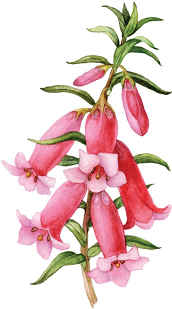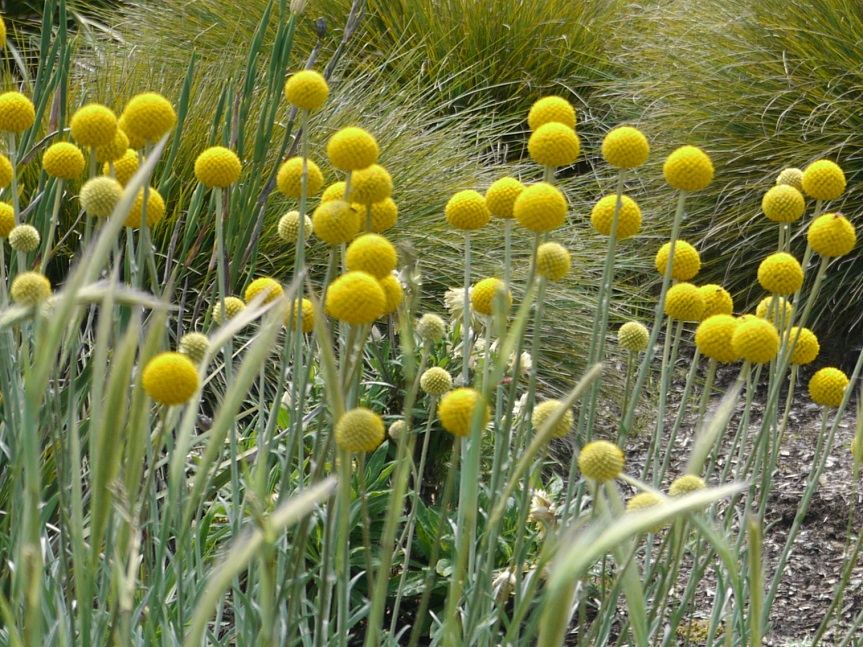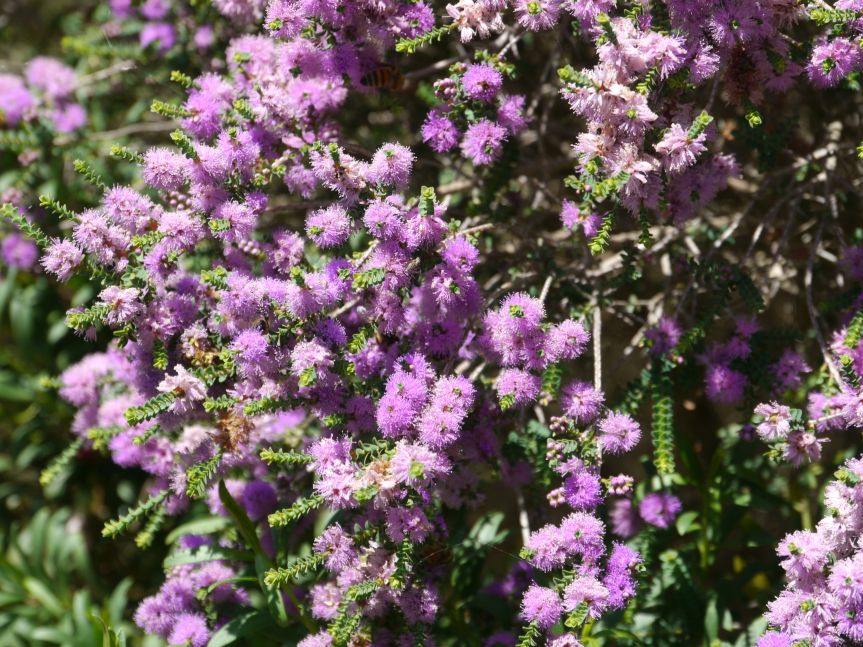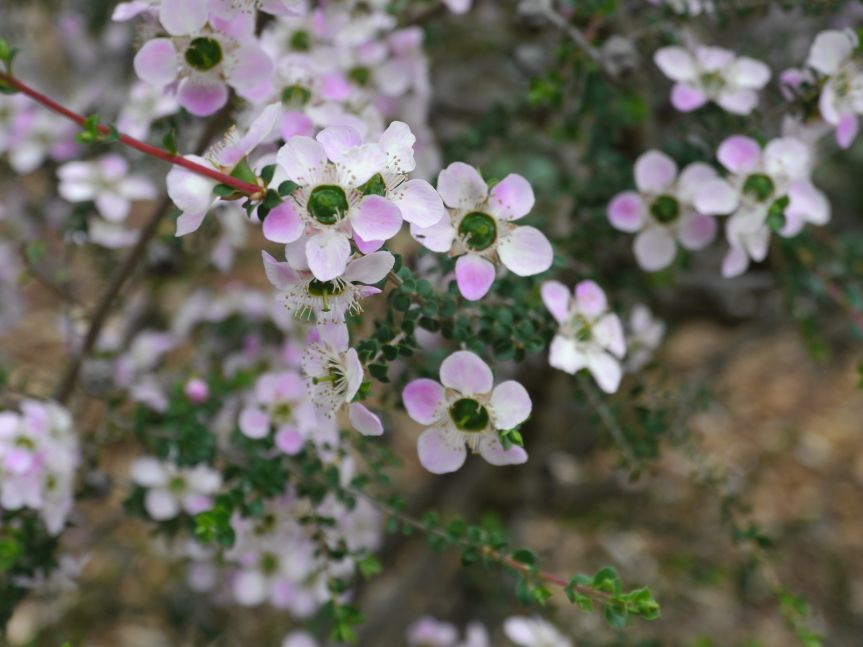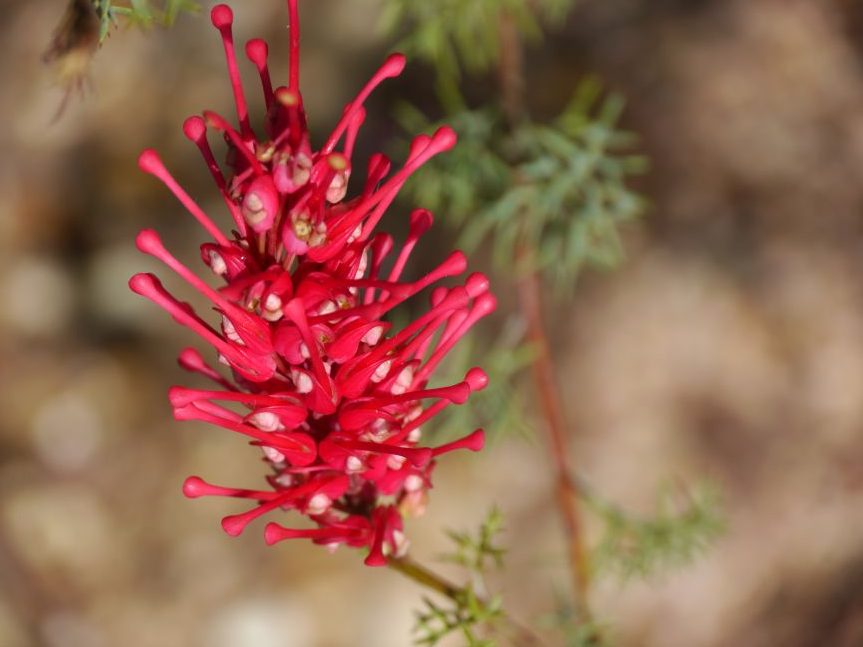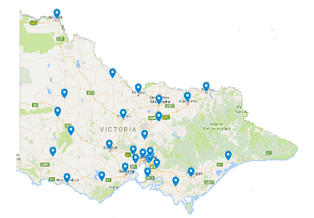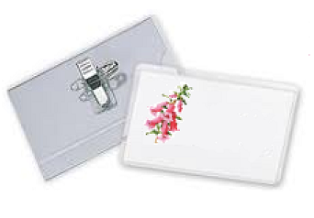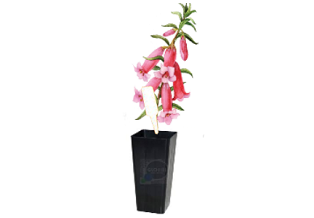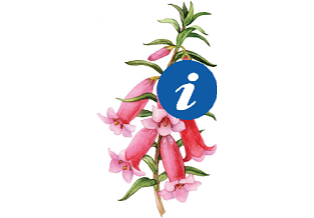The Australian Plants Society (Victoria) is dedicated to promoting, growing and the conservation of Australian native plants, in gardens, community areas and their original environments.
… more about us
From the APS Vic Facebook page
A great reason to grow a patch of indigenous grasses!Over a quarter of Australia's butterflies use native grasses as their host-plants – and at least 13 species of butterfly use Kangaroo Grass!![]()
![]() 'Kangaroo Grass' (Themeda triandra) used to be one of Australia's most widespread native grasses covering vast areas of the continent. Today, very few native grasslands remain and even these once common native grasses are hanging-on in remnant patches in many regions. Can you help bring them back? They make great additions to gardens, verges, habitat corridors, parklands, regeneration projects…
'Kangaroo Grass' (Themeda triandra) used to be one of Australia's most widespread native grasses covering vast areas of the continent. Today, very few native grasslands remain and even these once common native grasses are hanging-on in remnant patches in many regions. Can you help bring them back? They make great additions to gardens, verges, habitat corridors, parklands, regeneration projects…![]()
![]() You can find out more about Kangaroo Grass at the Australian National Botanic Garden webpage: www.anbg.gov.au/…/interns…/themeda-triandra.html
You can find out more about Kangaroo Grass at the Australian National Botanic Garden webpage: www.anbg.gov.au/…/interns…/themeda-triandra.html![]()
![]() Distribution maps for these 8 Butterflies are in the Comments
Distribution maps for these 8 Butterflies are in the Comments
Looks like a great garden to visit as part of the Open garden scheme.
Learn more about Moths and Butterflies! They are a critical part of our ecosystem and our gardens – and yes you cannot have them without hosting their caterpillars!The Moths & Butterflies Association of Australia (MABA)![]() MABA ANNUAL EVENT, 28-30 MARCH 2025
MABA ANNUAL EVENT, 28-30 MARCH 2025![]() www.maba.org.au/upcoming-events
www.maba.org.au/upcoming-events![]()
![]() Will be held at The Field Naturalists Club of Victoria, 1 Gardenia Street, Blackburn
Will be held at The Field Naturalists Club of Victoria, 1 Gardenia Street, Blackburn![]() The event will include light trapping for moths, a series of talks including a keynote presentation by Dr Robert Hoare from Landcare Research New Zealand, a banquet dinner, and a moth workshop.
The event will include light trapping for moths, a series of talks including a keynote presentation by Dr Robert Hoare from Landcare Research New Zealand, a banquet dinner, and a moth workshop.![]()
![]() Light trapping for moths: Friday, 28 March 2025, 7.00–10.30 pm AEST
Light trapping for moths: Friday, 28 March 2025, 7.00–10.30 pm AEST![]() Talks and AGM: Saturday, 29 March 2025, 8.30 am–5.00 pm
Talks and AGM: Saturday, 29 March 2025, 8.30 am–5.00 pm![]() Banquet dinner: Saturday, 29 March 2025, 5.30–9.30 pm
Banquet dinner: Saturday, 29 March 2025, 5.30–9.30 pm![]() Moth workshop: Sunday, 30 March 2025, 9.30 am–12.00 pm
Moth workshop: Sunday, 30 March 2025, 9.30 am–12.00 pm![]()
![]() To attend this event, you must register by completing and submitting the online registration form at the link below
To attend this event, you must register by completing and submitting the online registration form at the link below![]() form.jotform.com/241687337728873
form.jotform.com/241687337728873![]() The cost of the event is $35 only or $80 if you wish to attend the event and banquet dinner function. Book early as spots are limited
The cost of the event is $35 only or $80 if you wish to attend the event and banquet dinner function. Book early as spots are limited ![]()
![]() Members of the Entomological Society of Victoria are invited to attend, and if they wish can also give a talk on an entomological topic of their choice. The Society will be assisting with the light trapping night on Friday 28th March.
Members of the Entomological Society of Victoria are invited to attend, and if they wish can also give a talk on an entomological topic of their choice. The Society will be assisting with the light trapping night on Friday 28th March. ![]()
![]() Photo by entsocvic member Belinda Raymond
Photo by entsocvic member Belinda Raymond
VNPA grasslands tours are great! Grassy Plains Network
Grassland tour – Evans Street Grasslands – Victorian National Parks Association
vnpa.org.au
Join the Grassy Plains Network for a grassland tour at Evans Street Grasslands in Sunbury and marvel at the wonderful wildflowers.
Dillwynia cinerascens is our cover photo this month. One of a dozen species of Dillwynia in Victoria it is flowering across much of Victoria in October. A lovely small garden plant that puts on a show in a sunny spot. See vicflora.rbg.vic.gov.au/flora/taxon/b5951903-149c-4eb4-8ff0-e16a6726b08b
